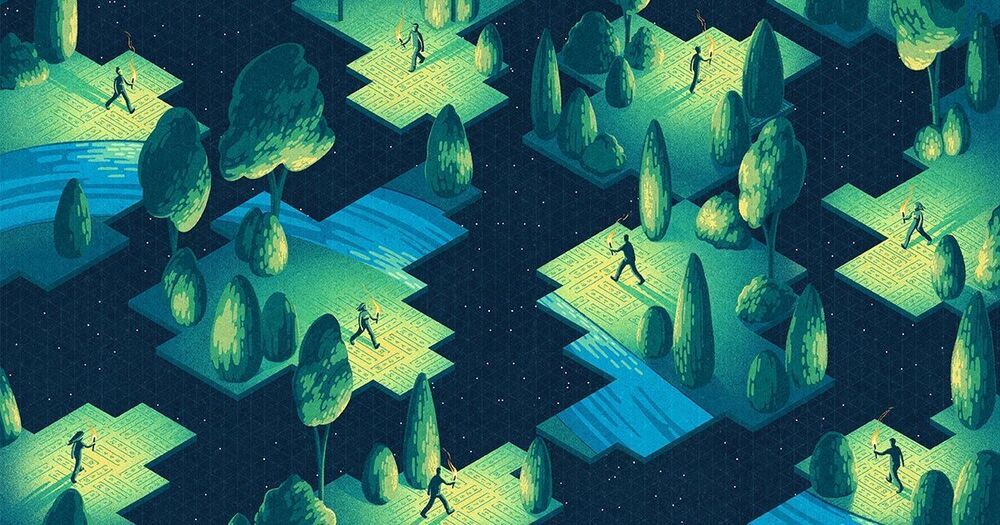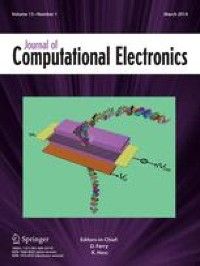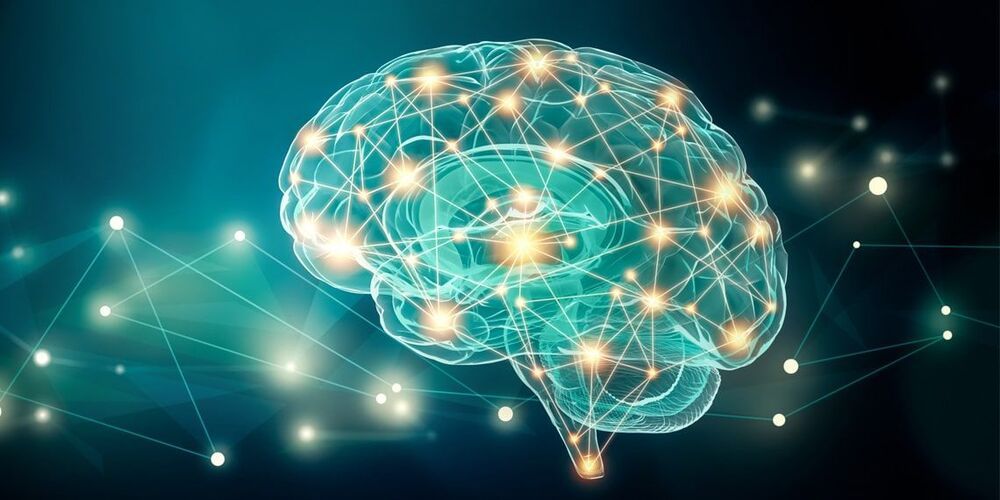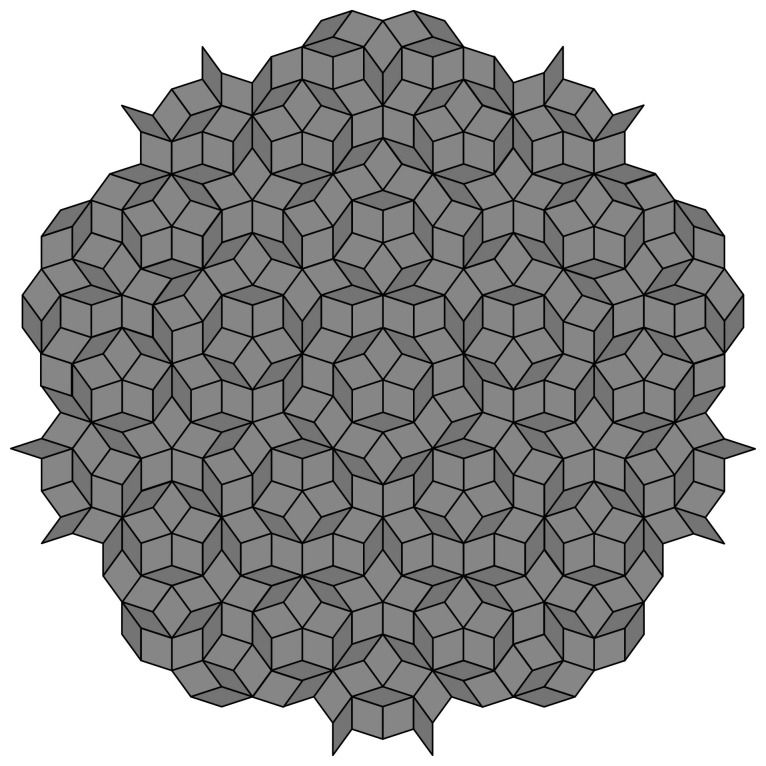By harnessing randomness, a new algorithm achieves a fundamentally novel — and faster — way of performing one of the most basic computations in math and computer science.


New optical quantum computer overcomes previous limits, looks like a winner.
Help support our video productions http://www.patreon.com/scifri.
Produced by Luke Groskin.
Filmed by Christian Baker.
Music by Audio Network.
Additional Footage and Stills Provided by Joel Simon, Pond5, Shutterstock, Nic Symbios, Pit Schuni (C.C. BY 2.0)Okinawa Institute of Science and Technology (C.C. BY 2.0), Eleni Katafori, Bradely Smith, Loic Royer, Alexander Reben.
Inspired by the forces behind evolution, artist and tool designer Joel Simon programmed a network of computers to blend and “breed” together images over and over using users’ preferences as its guide. Although thousands of users, breeding millions of bizarre and beautiful images, Joel’s goal was more conceptual: He wanted to see if the system could evolve art and what types of forms might emerge from the process.

While we cannot efficiently emulate quantum algorithms on classical architectures, we can move the weight of complexity from time to hardware resources. This paper describes a proposition of a universal and scalable quantum computer emulator, in which the FPGA hardware emulates the behavior of a real quantum system, capable of running quantum algorithms while maintaining their natural time complexity. The article also shows the proposed quantum emulator architecture, exposing a standard programming interface, and working results of an implementation of an exemplary quantum algorithm.

An innovative study has confirmed that quantum mechanics plays a role in biological processes and causes mutations in DNA.
Quantum biology is an emerging field of science, established in the 1920s, which looks at whether the subatomic world of quantum mechanics plays a role in living cells. Quantum mechanics is an interdisciplinary field by nature, bringing together nuclear physicists, biochemists and molecular biologists.
In a research paper published by the journal Physical Chemistry Chemical Physics, a team from Surrey’s Leverhulme Quantum Biology Doctoral Training Centre used state-of-the-art computer simulations and quantum mechanical methods to determine the role proton tunneling, a purely quantum phenomenon, plays in spontaneous mutations inside DNA.
Researchers in the UK have developed a way to coax microscopic particles and droplets into precise patterns by harnessing the power of sound in air. The implications for printing, especially in the fields of medicine and electronics, are far-reaching.
The scientists from the Universities of Bath and Bristol have shown that it’s possible to create precise, pre-determined patterns on surfaces from aerosol droplets or particles, using computer-controlled ultrasound. A paper describing the entirely new technique, called ‘sonolithography’, is published in Advanced Materials Technologies.
Professor Mike Fraser from the Department of Computer Science at the University of Bath, explained: “The power of ultrasound has already been shown to levitate small particles. We are excited to have hugely expanded the range of applications by patterning dense clouds of material in air at scale and being able to algorithmically control how the material settles into shapes.”

Recently published neuroimaging research provides evidence that the directional connectivity between several brain regions plays an important role in emotional processing abilities.
Although interest in emotional intelligence has been steadily growing since the 1990s, the underlying neural mechanisms behind it have yet to be clearly established. The new study, which appears in NeuroImage, is part of a process to begin to fill in this gap in scientific knowledge.
“Emotional intelligence is one of the least studied topics, especially in conjunction with cutting-edge computational neuroimaging techniques,” explained lead researcher Sahil Bajaj, the director of the Multimodal Clinical Neuroimaging Laboratory at Boys Town National Research Hospital.

China laid out seven “frontier” technologies in its 14th Five Year Plan. These are areas that China will focus research on and include semiconductors and brain-computer fusion.
Yuichiro chino | moment | getty images.
However, such work is already underway in the U.S. at Elon Musk’s company Neuralink. Musk is working on implantable brain-chip interfaces to connect humans and computers.


There is considerable debate over whether plants are conscious and this, indeed, is an important question. Here I look at developments in neuroscience, physics and mathematics that may impact on this question. Two major concomitants of consciousness in animals are microtubule function and electrical gamma wave synchrony. Both these factors may also play a role in plant consciousness. I show that plants possess aperiodic quasicrystal structures composed of ribosomes that may enable quantum computing, which has been suggested to lie at the core of animal consciousness. Finally I look at whether a microtubule fractal suggests that electric current plays a part in conventional neurocomputing processes in plants.